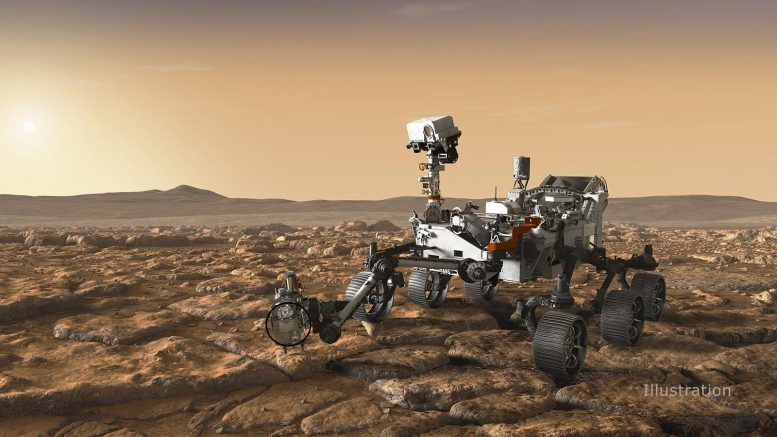
As seen in this artist’s concept, the SHERLOC instrument is located on the end of the robotic arm of NASA’s Perseverance Mars rover. Credit: NASA/JPL-Caltech
Later this summer, NASA is launching the Mars Perseverance Rover to the Red Planet with the Mars 2020 Mission. The rover is loaded with equipment to search for signs that there once was life on Mars. One device, called the Scanning Habitable Environments with Raman & Luminescence for Organics & Chemicals (SHERLOC) instrument, will be used to detect chemicals on the Martian surface that are linked to the existence of life. To keep the instrument working well, a team from the Astromaterials Research and Exploration Science (ARES) division at NASA’s Johnson Space Center (JSC) recently built a new calibration device for the rover to check SHERLOC’s function and properly tune it during the upcoming mission.
“SHERLOC is pretty complicated, and we came up with a list of 11 things that all have to be calibrated on this instrument,” said Marc Fries, ARES planetary scientist and Mars 2020 Perseverance Rover instrument co-investigator. “This sophisticated calibration device is also going to be used for a lot of other scientific and engineering investigations, and we’re really excited that it’s JSC’s contribution to the Mars 2020 rover.”
On Target
SHERLOC is mounted on the end of the rover’s seven-foot robotic arm and includes a laser, camera and chemical analyzers, called spectrometers. The sensitive components will be used together to search for substances that have been altered by water and possibly reveal evidence of past microscopic life on Mars.
“The rover’s scientific instruments go through all sorts of harsh conditions from the time they leave the lab until they arrive on the surface of Mars. SHERLOC needed a way to make sure it still operates as expected once it’s on the surface and throughout the duration of the mission,” said Trevor Graff, a scientist from Jacobs who works for ARES.
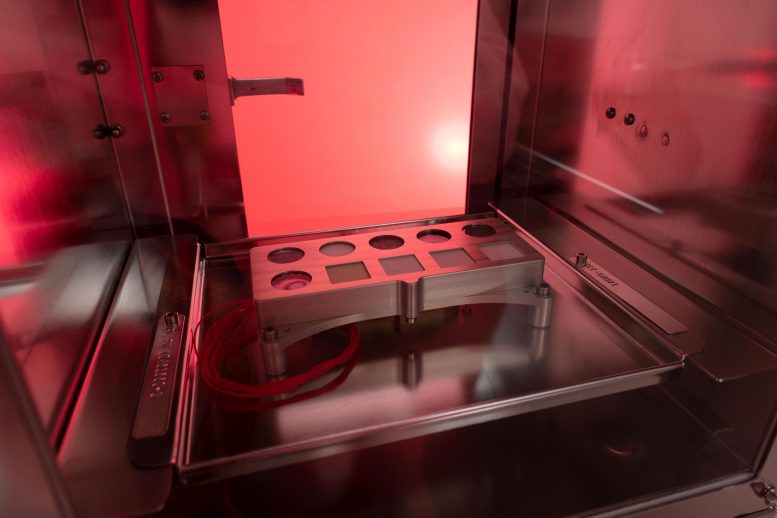
Calibration Target for the MARS 2020 Scanning Habitable Environ-ments with Raman & Luminescence for Organics & Chemicals (SHERLOC) Instrument. The next Mars rover, Mars 2020, will include the Mars 2020 SHERLOC Calibration target. Credit: NASA
The solution was to create the calibration target, or “cal target” for short. The device is approximately the size of a large cell phone and mounted on the front of the rover. On its face are 10 “targets,” which consist of samples of different materials. The idea is that researchers will occasionally check SHERLOC’s function by directing it to scan the different materials on the cal target. The researchers will already know what the readings on those materials should be when SHERLOC is working correctly. If the actual readings are off, they’ll make adjustments to SHERLOC to get it set properly, or know to compensate for the errors when they analyze the data later.
Graff led the JSC cal target team, which included Jacobs engineers Ryan Weiner and Vinh Tran.
“I don’t always get to see the hardware that I work on in person,” Weiner said, “So I really enjoyed being so hands-on helping to assemble the calibration target.”
“It was a great experience overall, and I’m confident the design will arrive on Mars in one solid piece,” Tran added.
Science on the Side
In addition to tuning SHERLOC, the targets on the calibration device are serving double duty in other tests and experiments. For example, a number of the targets hold spacesuit materials that could one day be used to protect astronauts exploring Mars. SHERLOC’s scans of those materials will not only help tune the instrument, but measure how the advanced fabrics and other suit materials will hold up in the Martian environment, too.
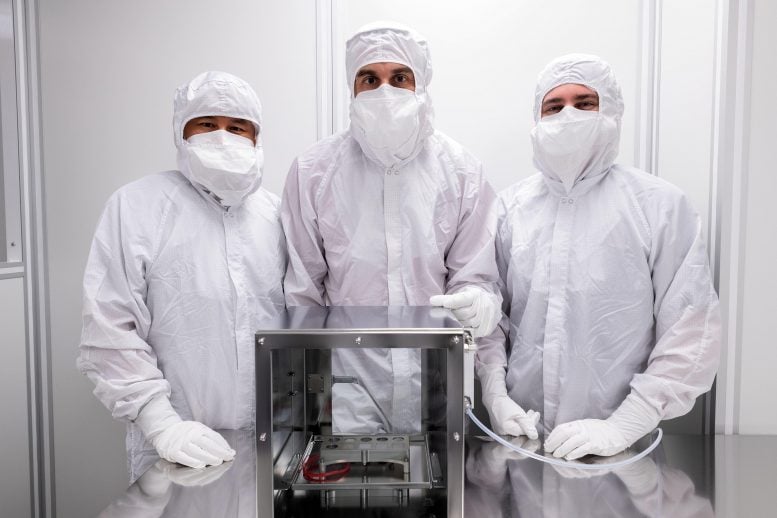
This is the first Mars flight hardware that has been designed,assembled & tested at NASA-Johnson Space Center, led by Jacobs/JETS Chief Scientist Trevor Graff. It will carry the first space suit materials to Mars and will carry a piece of a martian meteorite back to the surface of Mars. Credit: NASA
“We also plan to build a small Mars exposure instrument here at JSC, and match the conditions inside it with weather data from the rover,” Fries said. “We’ll then place an identical set of spacesuit samples inside the chamber and periodically remove them to, for example, test the strength of fabrics or the clarity of helmet visor plastics. The result is we’ll be able to test spacesuit materials in Mars-like conditions long before astronauts ever go there.”
Another target contains an actual sample of a meteorite ejected from Mars long ago and discovered on Earth in 1999. Researchers plan to closely watch the rock sample to see how the Martian environment alters it over time, which will help them understand the chemical interactions between the planet’s surface and its atmosphere.

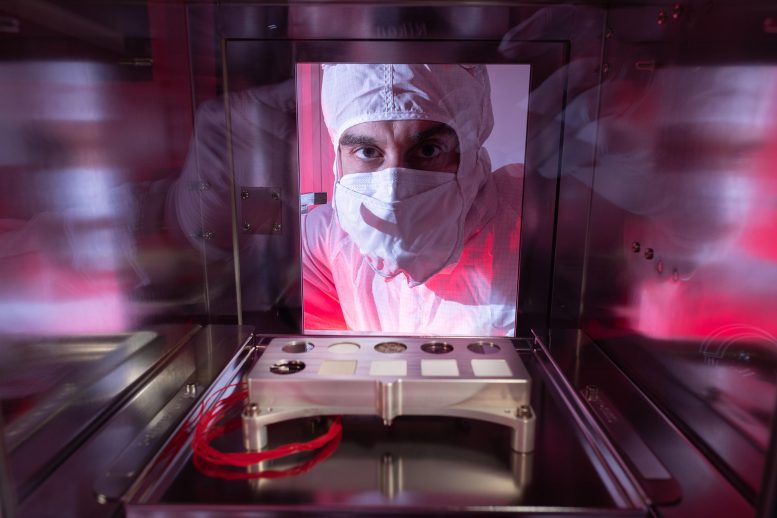
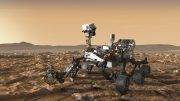
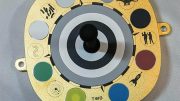
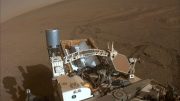


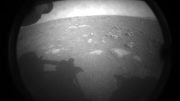
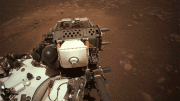
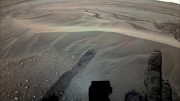
I state again! There is no possibility of, ‘Life’ existing either on, Mars or any other Planet in our Solar System. None of the necessary signs are there.